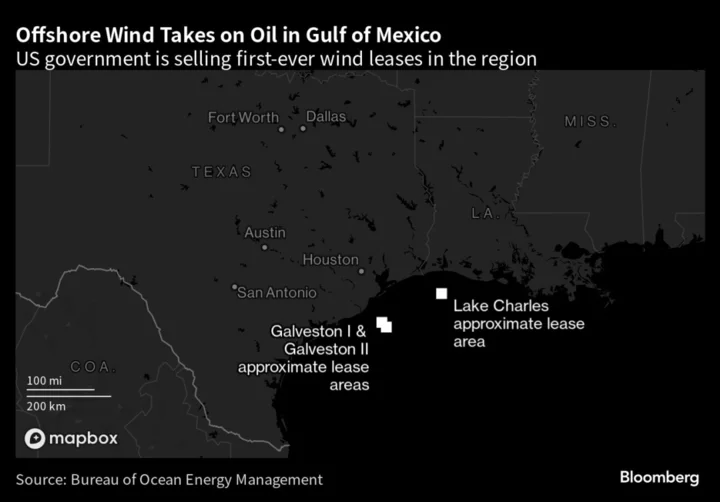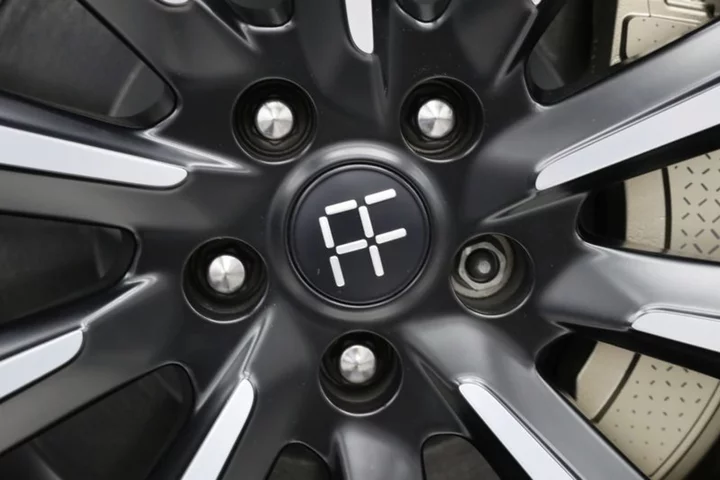
CommentSold delivers major platform enhancement, with clientless multi-source live stream shopping
LOS ANGELES--(BUSINESS WIRE)--Aug 15, 2023--
2023-08-15 21:16

Why Warzone FPS Dropped After Season 4 Reloaded Update
Warzone FPS drops have been occurring since the Season 4 Reloaded update went live, though a fix is not currently known and Raven is investigating the reports.
2023-07-15 00:20

France’s Top Carmaker Envies Tesla as the Country Woos EV Rivals
Elon Musk got the red-carpet treatment when the Tesla Inc. chief executive officer visited France in mid-May. A
2023-07-06 20:25

Investors Flee ESG Funds Without Clear Targets, Morningstar Says
Investors in Europe are dumping ESG funds that lack clear sustainability goals, as the market braces for a
2023-10-25 17:26

Nativex Becomes Official Xiaohongshu Cross-Border Marketing Agency
SINGAPORE--(BUSINESS WIRE)--Aug 8, 2023--
2023-08-09 05:47

The best self-emptying robot vacuums to take the convenience to another level
Outsourcing the job of vacuuming to a robot vacuum likely means that your floors are
2023-06-16 17:46

Teresa Giudice roasted for 'heavily filtered' photo of her posing with Buddha statue: 'Pulled, tucked and filled'
'RHONJ' star Teresa Giudice struck a glamorous photo in a white dress in front of the Buddha statue
2023-06-23 09:22

Paige Spiranac gives tips to professional and amateur golfers, fans dub her 'an excellent instructor’
Fans really admired Page Spiranac for her knowledgeable insights in her new YouTube video
2023-08-21 18:48

Find out who is taking a peek at your Snapchat messages with new paid feature
Sometimes when a friend sends you a message on Snapchat, for whatever reason you could take a sneak peek by half swiping on the message. But, there's now a new feature on Snapchat Plus where users can see if their friends have half-swiped on the message - so a lot of Snapchatters could be caught out with this tool. However, if you want to get this feature yourself and catch your pals out with the half-swipe read then it costs $3.99/£3.99 per month for a Snapchat Plus account which would enable you to get a range of exclusive and experimental features such as Best Friends Forever. Here is how to toggle on the feature: Once subscribed to Snapchat Plus, click on your Bitmoji to go to your profile Tap the ‘Settings’ in the top right Scroll down to ‘Peek a Peek’ Move the slider to the green ‘On’ position You can now see which friends are trying to be stealthy. For those wanting to try Snapchat Plus, you can subscribe by going to your profile and pressing the Snapchat+ banner card at the top, then select a subscription and purchase before closing and reopening the app to see the benefits. Something to remember next time if you're contemplating this half-swipe tactic. How to join the indy100's free WhatsApp channel Sign up to our free Indy100 weekly newsletter Have your say in our news democracy. Click the upvote icon at the top of the page to help raise this article through the indy100 rankings.
2023-11-14 23:46

A-dec® Introduces First Digitally Connected Dental Chair and Delivery System
NEWBERG, Ore.--(BUSINESS WIRE)--Jun 22, 2023--
2023-06-22 20:24

How to Get 10,000 Free VC in NBA 2K24
To get 10,000 free VC in NBA 2K24, players must open the Trendsetter Pack in Season 2 and exchange their card for free rewards in MyTEAM and MyCAREER.
2023-11-17 02:25

Hope for Offshore Wind Boom in Gulf of Mexico Dims With Low Bids
The first-ever US government auction of leases to build wind farms in the Gulf of Mexico ended with
2023-08-30 00:16
You Might Like...

UK Energy Firms Meet Shapps to Discuss Security and Net Zero

Faraday Future investors commit $90 million in funding

Cambodian leader Hun Sen, a huge Facebook fan, says he is jumping ship to Telegram

Pets pose a serious health threat that we've all been overlooking

Bumble BFF will be a standalone app

Tesla Owners Love Their Cars More Than Elon Musk: Big Take Podcast

Who is Jessica Banks? MIT engineer and robotics prodigy joins Netflix's 'Hack My Home' as co-host

NWN Carousel Named Largest & Fastest Growing Private Technology Services Company in Massachusetts by the Boston Business Journal
